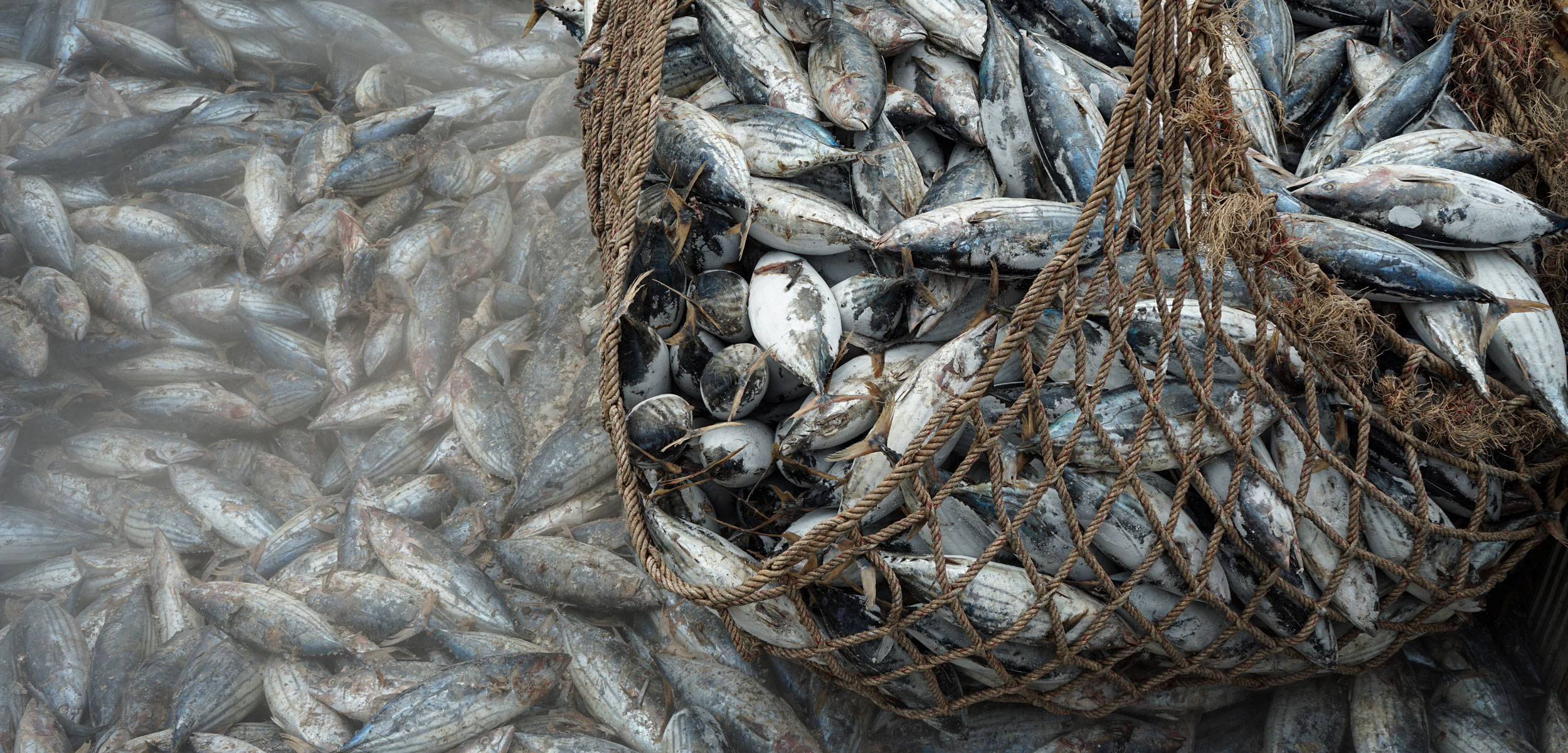Seaspiracy Harms More Than It Educates
The appeal of the Netflix hit is that it suggests there’s one solution to the ocean’s woes. That’s not true. A marine ecologist explains.
Article body copy
Watch a recording of our webinar Interpreting Seaspiracy for a discussion about the new film Seaspiracy and how to view it with a discerning eye.
The new Netflix documentary Seaspiracy opens with suspenseful music as a fishing boat chugs along. Quick cuts. Guns. Tuna. Danger. Life or death stakes. We’re introduced to filmmaker and main character Ali Tabrizi. Tabrizi is a Brit in his 20s driven by curiosity, passion, and a yearning to discover the one crucial reason the ocean he loves is in trouble.
And therein lies the crux of why this film has angered so many people.
In his search around the world for the one villain behind all of the ocean’s ills, Tabrizi reduces a complex tangle of social, political, and environmental factors to a simple narrative. His villain changes at alarming speed from plastic to illegal whaling to tuna fishing to shark fishing to overfishing to plastic from overfishing to disingenuous seafood sustainability certifications. He finally decides that, yes, fishing is the principal villain (with a left turn toward aquaculture at the end).
As he cues ominous music and tells stories in generalities, Tabrizi glosses over nuance. In the filmmaker’s dichotomous world, everything can be categorized as black or white, good or bad, helping or hurting. And in his quest to save the ocean, he lays blame and resorts to othering.
Though the film misleads viewers with oversimplified science, its real harm is that it ignores the history, culture, and systemic inequities that are entwined with ocean conservation. Tabrizi suggests that all of the ocean’s environmental issues can be resolved with a single solution—stop all seafood consumption—without any recognition of what that would mean to people. That proposed solution is not only imperfect, it can cause real damage.
A fisheries consultant summed up the film’s tendency to generalize when he tweeted, “I’m over the set up where the ‘bad guys’ are predominantly Asian, the ‘victims’ predominantly black/brown, and the ‘good guys’ talking about it and saving the ocean are predominantly white.”
Seaspiracy is in the top 10 most watched programs on Netflix at the moment. It’s reaching audiences that don’t necessarily think about fisheries on a day-to-day basis. That extra attention on the myriad issues facing the ocean may be successful at getting more people invested, but the idea that conservation can be boiled down to “don’t eat fish” is shortsighted.
The ocean supports more than just privileged people with the means and ability to remove seafood completely from their diet. Food security is mentioned once, and only to deride it as a reason for fisheries subsidies.
Similarly, the film includes only fleeting references to climate change. In a couple of instances, Tabrizi dismisses the idea that climate change might be fueling the problems he’s witnessing. He holds true to his narrow point of view that every issue stems from overfishing. If only it were that simple.
The film is right that there are real problems in the ocean. Not one, but many. Tabrizi talks about a lot of them—plastic and other pollution, perverse fishing subsidies, unsafe working conditions, illegal fishing operations. These are real situations that scientists are studying in depth, and have been for years, but Tabrizi seems to constantly be alluding to the fact that there is some cover-up—“If this was true, how come I’d never heard about it?” he laments at one point. In this case, he’s speaking about fishing being a bigger threat to sea turtle mortality than plastic straws, but that conspiracy mindset is a common theme throughout (despite the fact that Tabrizi pulls headlines from media outlets as his primary form of showing his research).
Had Tabrizi looked at any of these issues in greater depth, he’d have found that journalists have been covering these sorts of stories for years and have not glossed over the nuance.
Hakai Magazine readers will know that illegal fishing can destabilize countries. The decades-long battle with the so-called Codfather shows how fisheries can be tied to crime and how difficult it is for authorities to root it out. Writer Sarah Tory reported on the twists and turns surrounding the disappearance of fisheries observer Keith Davis, mentioned briefly in Seaspiracy, and then revisited the ongoing investigation two years later. The film rightfully points out that ecolabels can be misleading and imperfect, but Tabrizi didn’t discover that notion: ecolabels have been discussed for years.
In the section on aquaculture toward the end of the film, Tabrizi only talks about salmon and shrimp, which do dominate the general conversation around aquaculture. But there’s so much more to aquaculture than those two species, and Hakai Magazine did an entire editorial package about it called Big Fish.
Mostly though, the filmmaker missed showcasing the people who rely on the ocean. Communities of Marshall Islanders in Oklahoma that maintain their connection to the sea. Female, transgender, and nonbinary fishers who are connecting and supporting one another in Alaska. The Mi’kmaw fighting for fishing rights in Nova Scotia. Coastal communities in British Columbia and Alaska building resilience by sharing seafood.
The film also misses a chance to inspire. Ocean optimism is spreading and hope is more useful than gloom. By oversimplifying the science and choosing to come at his topic from a place of naivety, the filmmaker did a disservice both to his audience and ocean conservation.

